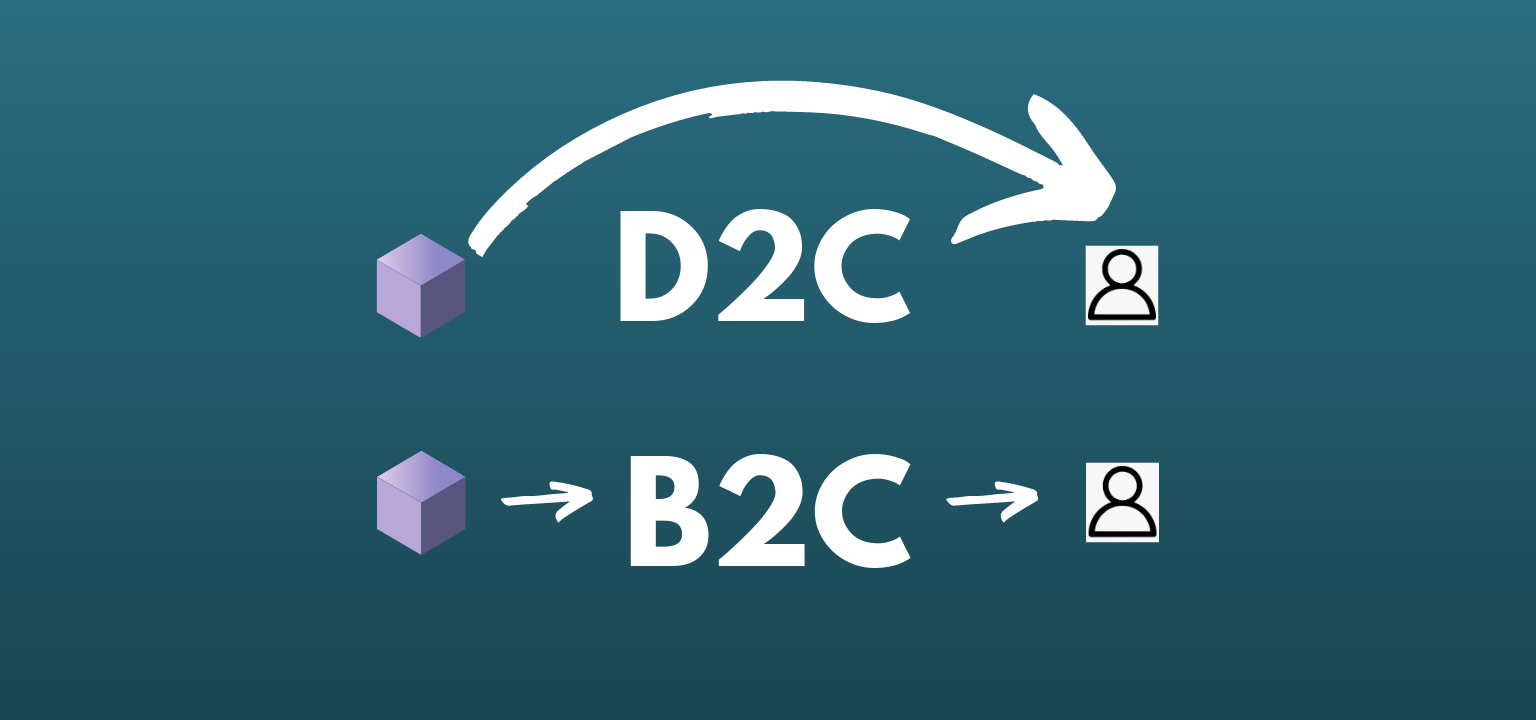D2C Or B2C – Pros & Cons
The retail landscape is ever shifting. The Direct to Consumer (D2C) model is fast becoming popular for manufacturers who want to enter the market directly without any middle entity.
While a B2C (Business to Customer) model has a line up of wholesaler and retailers in the process to reach the customers, D2C model does away with all of that. It gives manufacturers greater control over their product and how they want to place it in front of their customers.
Millennials have quickly adopted D2C companies because it aligns with their priorities of alternative choices. Most D2C brands speak the language of the millennials in areas of sustainability, social causes, authenticity, etc. Naturally, D2C e-commerce hold more appeal over large, traditional retailers.
In fact, many large brands are breaking into D2C gradually. For example, PepsiCo came up with two D2C initiatives during the pandemic. Snacks.com sells Frito-Lay products which gives a whole new way of ordering Lay’s, Cheetos etc. directly with convenience stores closing down. Similarly, at PantryShop.com shoppers can order bundles of Pepsi products like Gatorade, Tropicana, etc.
E-commerce has witnessed a drastic change during the pandemic. A huge boom and consequently new business routes have opened up in the e-comemrce sector. New ideas have sprung up and with it, entrepreneurs with a zeal to do things differently. This pish has brought Direct to Consumer business model to the limelight. However, the risks of either starting a D2C business from ground up or switching to it seem enormous. So that common question that arises is: Is it worth it? This common doubt is what puts the charm back into the tried and tested B2C model. But not all entrepreneurs are stepping down because D2C has several exciting advantages compared to the B2C. So those willing to take the risk are diving into it headfirst.
If you are considering the D2C model and aren’t sure about which way to go, the following infographic will help you make an informed decision.

